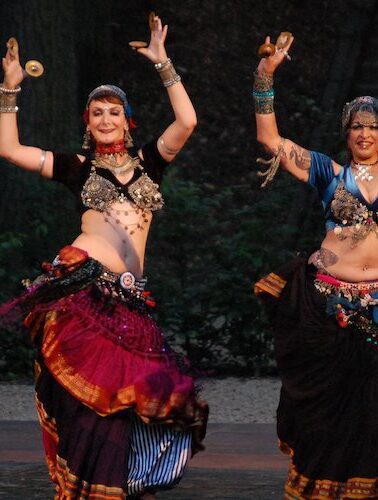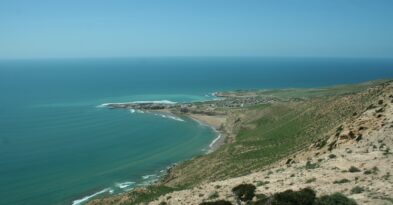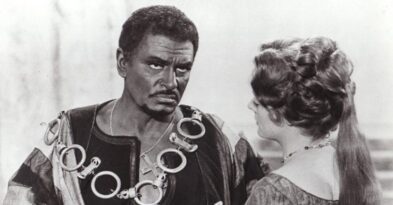The Moroccan Dances
The Kingdom of Morocco is a very colorful country. Its ancient history, unique culture and a special spirit that does not resemble anything attract tourists from all over the world. Moroccan national dances, which differ in great variety, can become an interesting topic. So let’s get acquainted with them of a North African country.
What, where and in what cases are they dancing in Morocco?
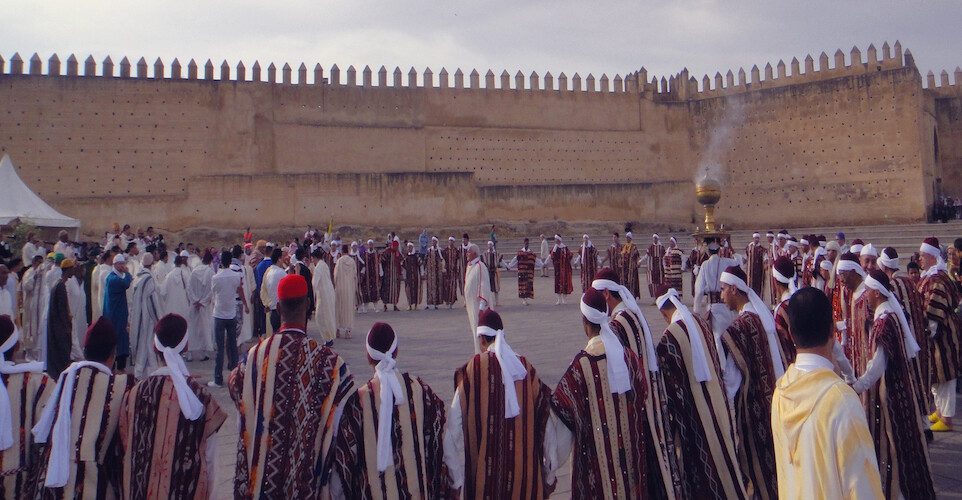
The cultural fabric of Morocco flows with a harmonious blend of Arab and Berber traditions, a fascinating fusion particularly vivid in folk dances. Although academic research on traditional dance remains limited, these dynamic cultural codes are deeply embedded in daily life—from the subtle foot-tapping of souk merchants keeping rhythm with their chants, to the delicate wrist movements adorned with jingling bracelets during bridal henna ceremonies; from spontaneous drum battles in tea houses on Ramadan nights, to collective stomping of gratitude during oasis harvest festivals.
When villages hold grand celebrations, young and old alike transform into dancers of life: at Rif Mountain weddings, bridal veils flutter like doves during the Tahtouka dance; in Atlas Plateau harvest festivals, men perform the Ahouach war dance with thunderous footwork; in Atlantic fishing villages, women bid farewell to souls with the gentle, ferry-like swaying of Guedra. These vibrant rituals, accompanied by the heartbeat of darbuka drums, the rainfall-like clatter of krakebs castanets, and the melodic strumming of guembri strings, make every Moroccan a walking chapter of cultural history.
Guedra
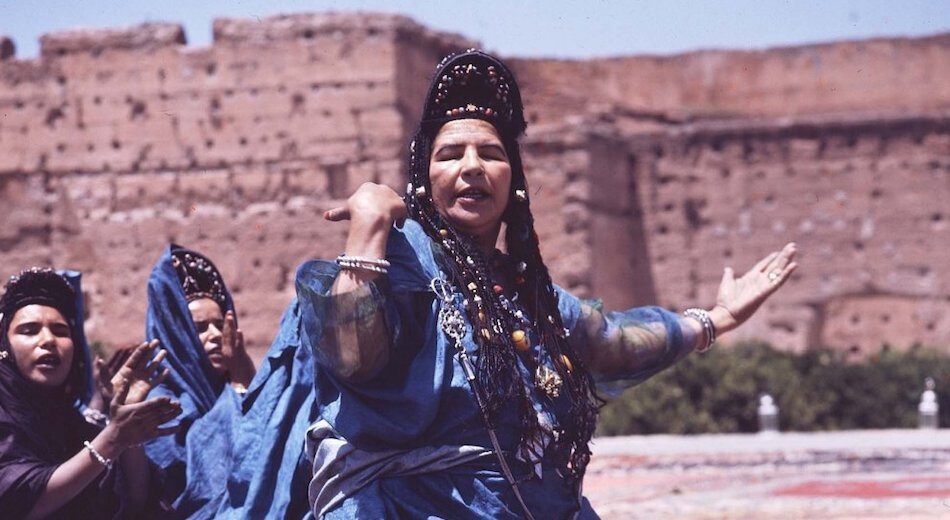
Guedra Dance—a Tuareg Berber tradition from the Guelmime region of southern Morocco—is a desert prayer chanted through bodily movement. Named after the accompanying earthen pot “Guedra,” whose resonant beats mimic the earth’s heartbeat, this ritual infuses dancers with ancient rhythms.
As the ceremony begins, women dressed in indigo robes, their headdresses adorned with shells and silver bells, kneel in a crescent-moon formation like blue lotuses blooming in the desert. The solo dancer at the center starts completely veiled in black fabric. As the Guedra pot’s rhythm intensifies, her fingers tremble like sprouting grasses, her wrists flow like shifting dunes, and her arms undulate like pouring starlight. When the veils finally fall away, her hair swings like a black waterfall, shell ornaments creating rainfall-like chimes, while the seated women’s chorus escalates into spiritual chanting that pierces the night sky.
Held every Saturday in Guelmime’s market square, this ritual is more than visual spectacle—it’s a healing journey. Dancers often enter trance states through extreme movement, their trembling shoulder blades transmitting ancestral wisdom, their swaying bodies reenacting desert caravans’ journeys. When the final veil drops and the dancer embraces the starry sky with open arms, the entire square becomes immersed in a collective meditation spanning millennia.
Shikhat
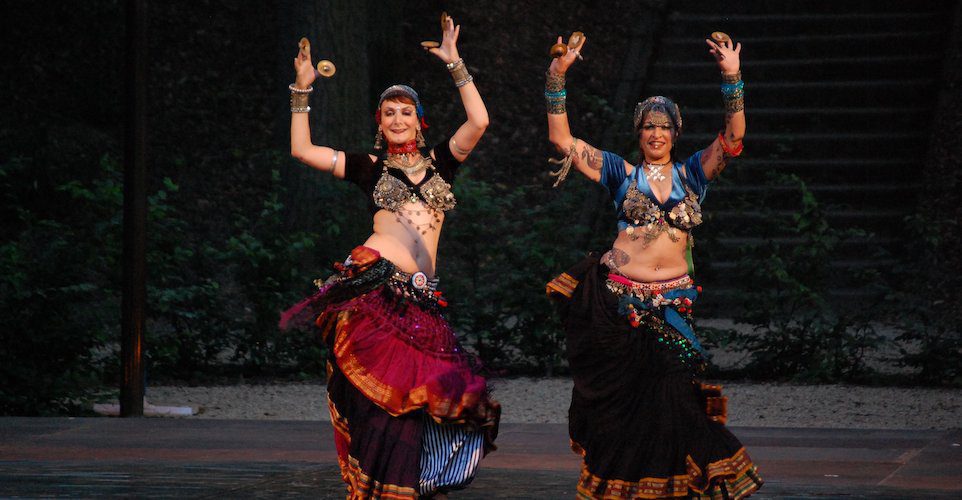
Shikat Dance—this traditional Moroccan art form with origins in Eastern courts has gained global recognition for its unique artistic language. Professional dancers wear tight-fitting bodices adorned with golden sequins, their flowing skirts or harem pants blooming like desert flowers during spins. The dance’s core allure lies in the mystical geometry traced by hip movements: pelvic undulations sketching the rhythm of life, finger tremors mimicking palm fronds whispering in the wind, each flutter of the waist scarf emphasizing the dialogue between body and earth.
In traditional weddings, this art carries profound blessings. When the bride sits at the center, female relatives form concentric circles stamping rhythmic blessings—elder women chant advisory poems with weathered voices, young girls respond with crisp handclaps. If men are present, they kneel in outer circles beating bendir frame drums, encouraging dancers with improvised verses to showcase greater skill. The dancers’ fringed belts whirl with their movements, metal pieces reflecting starlight that intertwines with wedding feast candles, transforming the ritual into a flowing celebration transmitting life wisdom and collective memory.
Haidus
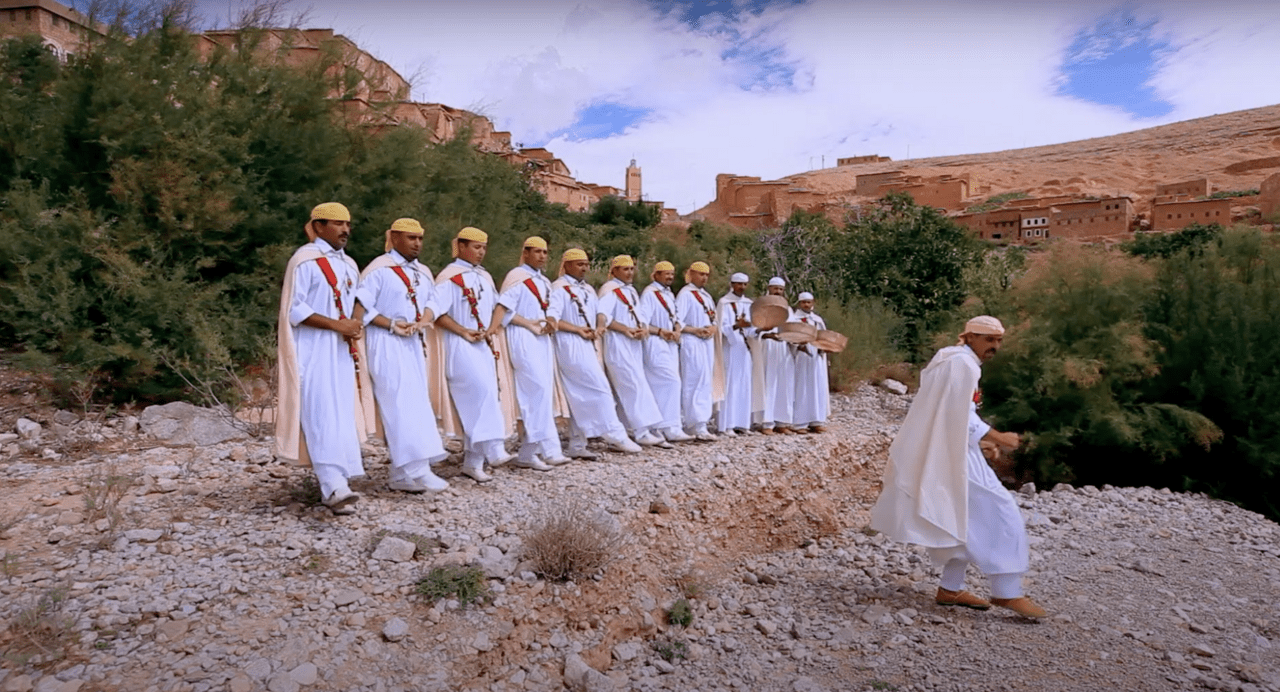
Haidus Dance—this Moroccan collective ritual bearing traces of primal beliefs emerges like a life-affirming hymn from ancient Berber ceremonies. Participants form circles symbolizing eternity, their bodies undulating like wheat fields, while polyphonic chants from their throats and the pulsating rhythms of bendir frame drums reconstruct humanity’s earliest dialogue with nature.
Both men and women blend equally into this physical narrative: shoulder blades tremble like emerging butterflies, spinal waves transmit earth energy, and barefoot stomping synchronizes with primal heartbeats. When used for weddings, newlyweds receive blessings written in bodily movements at the circle’s center; when welcoming guests, visitors are invited to join the ring, building kinship through shared rhythm; when warriors depart, stomping feet merge into thunderous war drums, and billowing garments become tribal totems.
This physical poetry transcending language makes every participant a cultural vessel—rediscovering nomadic starlight worship through collective swaying, reclaiming humanity’s primordial emotional resonance through synchronized breathing.
Abidous
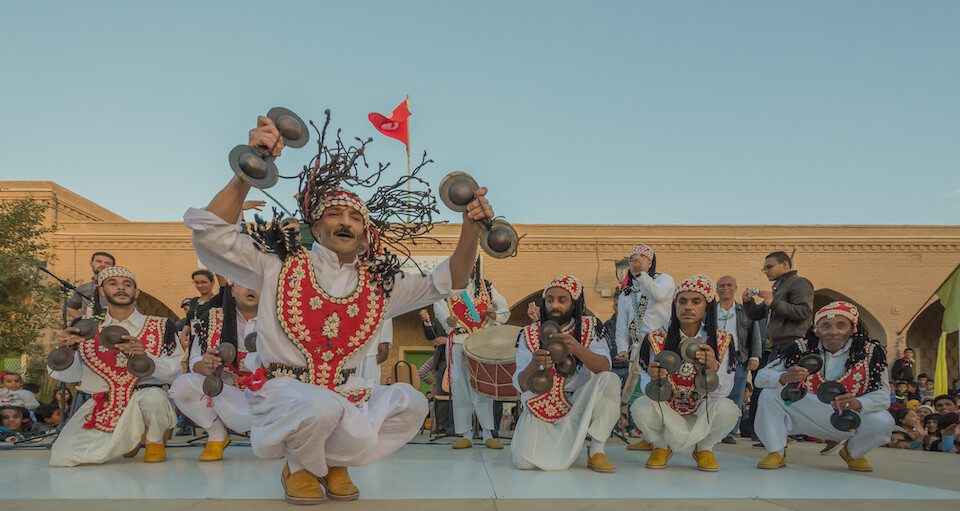
In Morocco’s Ouarzazate region and the depths of the High Atlas Mountains, an ancient circle dance persists that breathes in rhythm with the earth. As night falls, villagers gather in concentric circles around a bonfire representing the sun—men in the inner circle beating wooden drums like heartbeats, women standing motionless in the outer circle like unopened flower buds. When drumming intensifies from raindrops to downpour, female dancers begin swaying like wheat stalks, their silver-adorned waist chains colliding with drumbeats to create starlike chimes.
Known as “Tagtourt,” this dance constitutes a moving prayer to agricultural deities: the red earth stirred by spinning dancers symbolizes fertility, the arc of swirling skirts mirrors sickle trajectories, and sudden stillness recreates the solemn moment seeds meet soil. When the final drumbeat dissolves into the mountains, dancers press their palms to the earth, sealing humanity’s eternal covenant with nature.
Moroccan chaabi
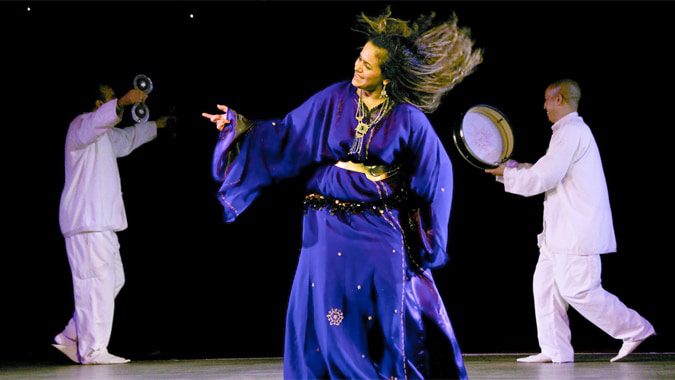
This dance finds its soul in distinctive cranial rhythms—dancers dramatically release hairpins, transforming ink-black tresses into flowing calligraphy, while shoulders undulate like desert heat waves and hips sway like camels in motion, creating a breathing North African tableau. The traditional galabeya robe with its wide sleeves sweeps through the air, sometimes spreading like wings guiding body rotations, sometimes gathering like clouds echoing the rhythm of bare feet striking the earth.
When wide sleeves swirl into white vortices, when bare feet beat against the ground’s drumhead, every flutter of hair recreates the dialogue between wind and sand in the desert, every tremor of joints reenacts the symbiotic ritual between life and nature in the oasis.
Moroccan Belly Dance
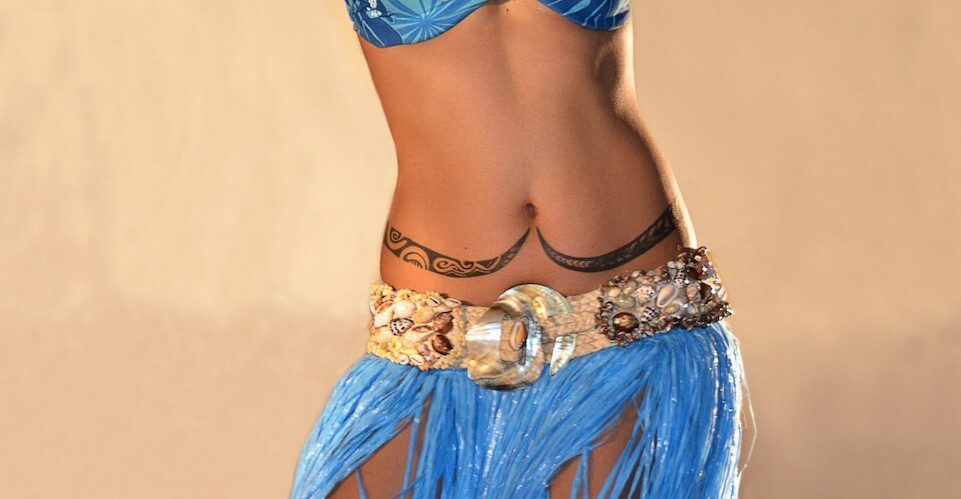
Strictly speaking, there is no authentic Moroccan belly dance tradition. What tourists witness as “Moroccan belly dance” is actually a hybrid adaptation—blending the rapid, thigh-emphasizing undulations of Lebanese style with the swift yet graceful elegance of Egyptian technique, repackaged in Marrakech’s tourist nightclubs. This performance art, born to cater to international tastes, has never truly integrated into Morocco’s cultural bloodstream.
In luxury hotels of Fez, dancers may wear Berber-patterned costumes while executing classic Cairo movements; at Agadir’s beach parties, so-called “folk performances” mix Turkish spins with Persian gestures. These carefully crafted exotic spectacles, while satisfying tourist curiosity temporarily, remain distant from the natural movements of Berber women during harvest ceremonies or the trance-induced tremors of Gnawa rituals. For those seeking genuine physical art in Morocco, venture to desert camps where Berber girls sway their hips in innate rhythms praising life—there you’ll find the千年 unchanged soul of Moroccan dance.
Moroccan dance in other cultures
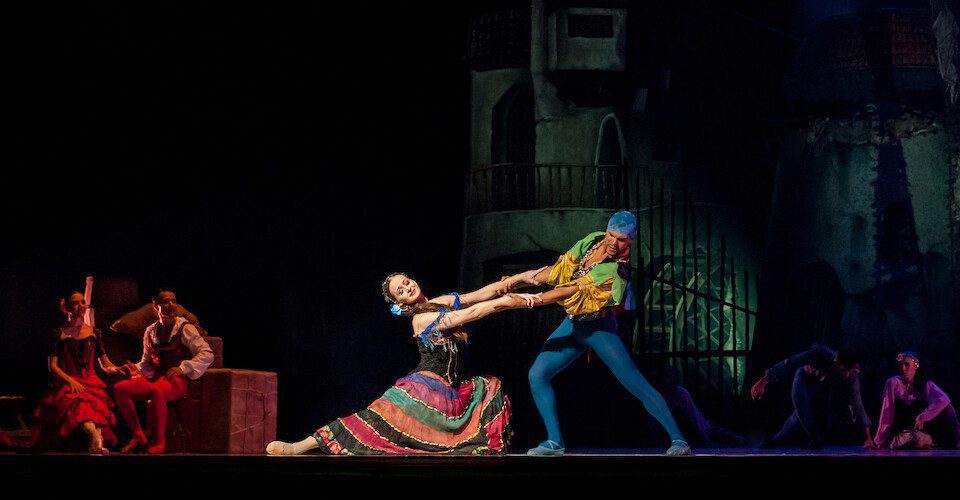
The art of Oriental dance continues to evolve dynamically, now frequently appearing in Western theatrical productions. Ibsen’s play “Peer Gynt” features a classic example—in the music composed by Norwegian composer Edvard Grieg, the scene where the protagonist meets Anitra, daughter of a Bedouin chief, in the Moroccan desert has become a paradigm of East-West artistic dialogue: as the male lead reclines on colorful cushions, dancers with fringed waist chains trace desert dune arcs with their pelvises, playing cosmic rhythms with metal zills, this staged reinterpretation of “Oriental charm” has inspired countless choreographers.
Moroccan folk dance is inherently a flowing visual epic, captivating both tourists seeking exotic experiences and local culture bearers. For immersive experiences:
Nightlife Venues: Casablanca’s jazz clubs often feature modern dance fused with Gnawa music
Festival Circuit: Monthly cultural celebrations form a perpetual stage:
February: Almond Blossom Moussem in Tafraoute (spring ritual in southern oases)
March: Tan-Tan Moussem (Saharan nomadic culture gathering)
May: Rose Festival in Kelaa M’Gouna (fragrant celebration in千年 rose valley)
June: Fes Festival of World Sacred Music & Essaouira Gnaoua World Music Festival
July: Marrakech Popular Arts Festival (living exhibition of Berber crafts)
September: Imilchil Marriage Festival (love carnival in the High Atlas)
August: Honey Festival in Immouzzer (sweet feast in Agadir’s mountains)
Contact us for more travel information!

